Home>Garden Essentials>How Big Should My VR Play Area Be
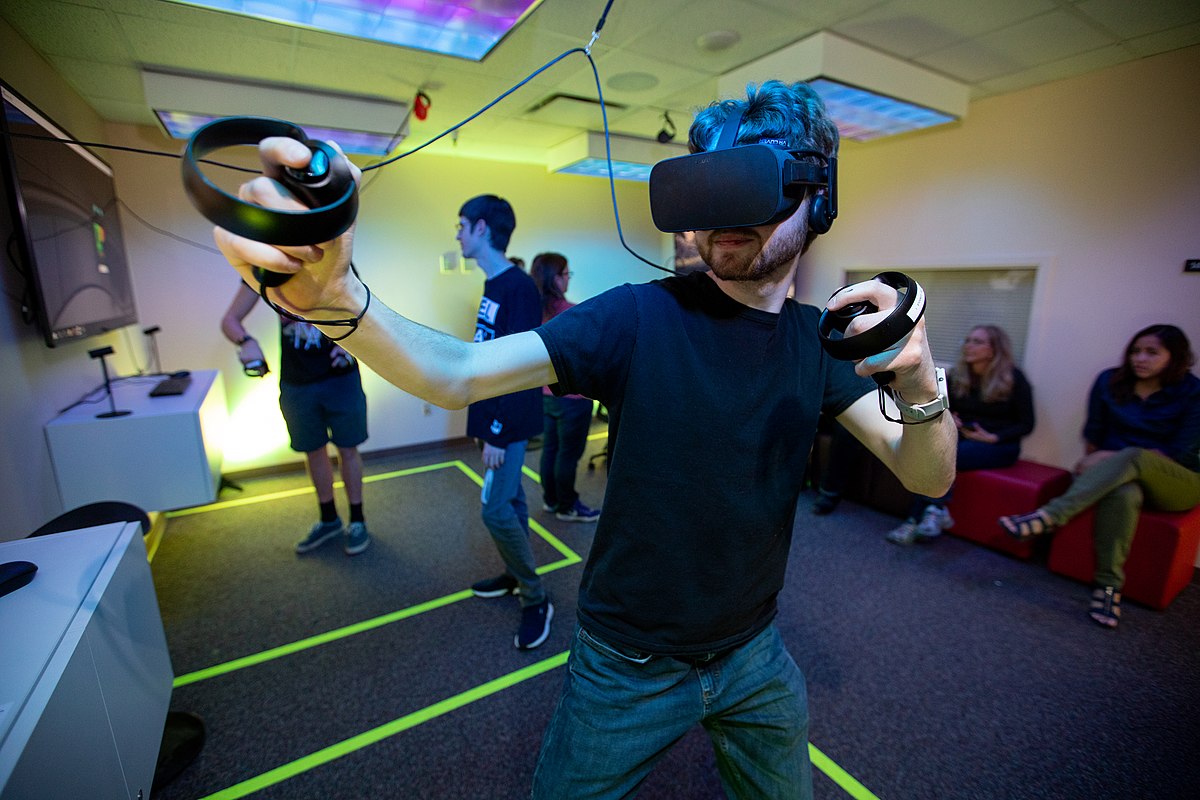

Garden Essentials
How Big Should My VR Play Area Be
Modified: March 15, 2024
Discover the perfect garden size for your VR play area. Find out how big your garden should be to fully maximize your virtual reality experience.
(Many of the links in this article redirect to a specific reviewed product. Your purchase of these products through affiliate links helps to generate commission for Storables.com, at no extra cost. Learn more)
Introduction
Welcome to the exciting world of virtual reality (VR) gaming! Whether you’re a novice or a seasoned gamer, the immersive experience that VR offers is truly a game-changer. As you delve into this digital realm, one important question may arise: How big should my VR play area be?
The size of your VR play area can significantly impact your overall gameplay experience. Having sufficient space allows you to move freely and interact with the virtual environment, while also ensuring your safety and comfort. In this article, we will explore why play area size matters in VR, factors to consider when determining the play area size, recommended play area sizes for different VR systems, and tips for optimizing your play area size.
So, let’s dive in and find out the ideal play area size that will enhance your VR journey to the fullest!
Key Takeaways:
- For an awesome VR experience, make sure your play area is big enough. It helps you move freely, stay safe, and feel like you’re really in the game. Clear the space, set boundaries, and get ready for fun!
- Different VR systems have recommended play area sizes, but you can adjust based on your space and the type of games you play. Whether it’s standing or room-scale, there’s a VR experience for everyone!
Read more: What Should Be In The Dramatic Play Area
Why Play Area Size Matters in VR
Play area size is a crucial factor in VR gaming because it directly affects the level of immersion and freedom of movement you can experience. The larger the play area, the more you can physically explore and interact with the virtual world. Here’s why play area size matters in VR:
1. Physical Engagement: VR is all about getting physically involved in the game. With a larger play area, you have the freedom to walk, run, crouch, and reach out in the virtual world, making the gameplay more engaging and interactive. This enhances the overall sense of presence and realism, allowing you to truly feel like you’re part of the game.
2. 360-Degree Movement: VR experiences often require you to turn and move in all directions to fully explore the virtual environment. Having enough space to turn around without any obstacles or limitations ensures a smooth and seamless gameplay experience. You won’t have to worry about bumping into objects or feeling constrained by a small play area.
3. Safety and Comfort: VR play involves fast-paced movements, sudden turns, and dynamic interactions. Without adequate space, you run the risk of accidentally hitting objects or walls, potentially causing injuries or damaging your VR equipment. A larger play area provides a safer and more comfortable environment, minimizing the risk of accidents and allowing you to play with peace of mind.
4. Tracking Accuracy: VR systems rely on sensors to track your movements and translate them into the virtual world. Having enough space ensures better tracking accuracy, reducing the chances of tracking errors or glitches. This means your in-game movements will be accurately reflected in the virtual environment, improving the overall gameplay experience.
5. Multiplayer Experiences: If you plan on playing multiplayer games or engaging in VR experiences with friends, a larger play area becomes even more important. It allows multiple players to move around and interact with each other, adding an extra level of social interaction and fun to your VR gaming sessions.
In summary, the size of your VR play area directly impacts the level of immersion, freedom of movement, safety, and overall gameplay experience. Having enough space allows for full physical engagement, 360-degree movement, and accurate tracking, while also ensuring safety and comfort during gameplay.
Factors to Consider When Determining Play Area Size
When determining the ideal play area size for your VR gaming setup, there are several factors to consider. These factors play a crucial role in ensuring optimal gameplay experience, comfort, and immersion. Here are the key factors to keep in mind:
1. Physical Space Availability: The first and foremost factor to consider is the amount of physical space you have available for your VR play area. Measure the dimensions of the area where you plan to play VR games and take into account any furniture, obstacles, or potential hazards that may need to be cleared or avoided. Make sure you have enough room to move freely and comfortably without any obstructions.
2. Comfort and Immersion: The size of your play area should be conducive to a comfortable and immersive experience. Consider how much movement is required in the VR games you intend to play. Certain games, such as action-packed shooters or sports simulations, may demand more physical movement compared to seated or slower-paced games. Align your play area size with the level of activity you expect, ensuring that you can move and interact without feeling cramped or limited.
3. Room-scale vs. Seated Experiences: Consider whether your VR system supports room-scale experiences or primarily focuses on seated gameplay. Room-scale VR allows for full-body interaction and movement within a designated play area, while seated VR can be enjoyed from a stationary position. If your VR system supports room-scale, you’ll need a larger play area to take advantage of the immersive capabilities. With seated VR, you can reduce the play area size, as your movements will be limited to the space around your seat.
It’s important to strike a balance between the available physical space, desired level of comfort and immersion, and the capabilities of your VR system. While a larger play area may offer more freedom, it’s essential to consider what is feasible within your given space constraints. Remember that the size of your play area can be adjusted to accommodate different games and experiences, ensuring an optimal balance between space and gameplay.
Now that you have an understanding of the key factors to consider, let’s explore the recommended play area sizes for popular VR systems and how to adjust the play area size for different games and experiences.
Recommended Play Area Sizes for Different VR Systems
While the optimal play area size may vary depending on personal preference and available space, there are general recommendations for different VR systems. Here are the recommended play area sizes for popular VR systems:
1. Oculus Rift: The Oculus Rift is a popular VR system that supports both seated and room-scale experiences. For room-scale gameplay, it is recommended to have a play area of at least 2 meters by 1.5 meters (6.5 feet by 5 feet). This size allows you to move around comfortably while enjoying the full benefits of room-scale VR. However, it’s worth noting that the Oculus Rift can still offer an immersive experience with a smaller play area if you primarily engage in seated or standing experiences.
2. HTC Vive: The HTC Vive is well-known for its room-scale VR capabilities, allowing you to explore and interact with the virtual world. To fully leverage the immersive potential of the Vive, a play area of at least 2 meters by 1.5 meters (6.5 feet by 5 feet) is recommended. This size provides enough space for natural movement and engagement, ensuring an optimal gaming experience. The HTC Vive also supports seated and standing experiences, providing flexibility in play area size based on your preference.
3. PlayStation VR: PlayStation VR is designed to be accessible and adaptable to different play spaces. It offers both seated and standing experiences, enabling you to enjoy VR games even with limited room. For seated gameplay, you only need enough space to comfortably sit and move your arms. However, if you want to engage in standing experiences, a play area of at least 1.9 meters by 2.3 meters (6.2 feet x 7.5 feet) is recommended. This size allows for more freedom of movement and interaction in the virtual environment.
These recommended play area sizes serve as a guideline to ensure an optimal VR experience for each respective system. However, it’s important to adjust the play area size based on your available space and the type of VR experiences you want to enjoy.
Next, let’s explore how to adjust the play area size for different games and experiences, whether they require a larger room-scale setup or can be enjoyed within a confined space.
When determining the size of your VR play area, consider a minimum of 6.5 feet by 5 feet for standing experiences and 10 feet by 10 feet for room-scale experiences to ensure you have enough space to move around comfortably and safely.
Adjusting Play Area Size for Different Games and Experiences
Not all VR games and experiences require a large room-scale play area. Some games are specifically designed for standing or seated gameplay, while others offer room-scale capabilities that allow for more physical movement. Here’s how you can adjust the play area size for different types of games:
1. Standing-Only Games: Some VR games are designed to be played in a stationary position, where you primarily use your upper body and handheld controllers for interaction. Examples include shooting galleries, puzzle games, and rhythm-based experiences. For these games, you don’t need a large play area and can comfortably play within a smaller space, as long as you have enough room to move your arms and make gestures without hindrance. Simply ensure that your immediate surroundings are clear of obstacles to avoid accidental collisions.
2. Room-Scale Games: Room-scale games offer the most immersive VR experience, allowing you to walk, explore, and interact with the virtual environment. These games typically require a larger play area to fully enjoy the freedom of movement. Adjusting the play area size for room-scale games involves expanding the space and ensuring a clear area for uninhibited movement. Move furniture, clear away obstacles, and create a safe, designated play area within your available space. Some VR systems provide boundary markers or virtual walls to help you visualize and stay within the play area limits.
It’s important to note that some VR games offer options to adjust the in-game play area to better accommodate your physical space limitations. These games may provide different movement options, such as teleportation or smooth locomotion, allowing you to enjoy the game even in a smaller play area. Take advantage of these settings to optimize your VR experience based on your available space.
By adjusting the play area size to suit different games and experiences, you can still enjoy a fulfilling and immersive VR gaming experience, regardless of the size of your physical space.
Now that you have a better understanding of adjusting play area size for different games, let’s delve into some tips for optimizing your play area size for an enhanced VR experience.
Tips for Optimizing Your Play Area Size
To ensure that you have the best possible VR experience, it’s important to optimize your play area size. Here are some tips to help you make the most of your available space:
1. Clearing Obstacles: Before you start playing VR games, take the time to clear the play area of any furniture, objects, or potential hazards. Remove chairs, tables, and other items that might obstruct your movement or pose a safety risk. Also, make sure to secure any loose cables or cords to prevent tripping accidents. By creating a clear and open space, you can move around without restrictions and fully immerse yourself in the virtual world.
2. Setting Up Boundaries: Most VR systems provide ways to define your play area boundaries. Take advantage of these features to set up virtual walls or boundary markers. These visual cues will help you stay within the designated play area and prevent accidental collisions with real-world objects. Adjust the boundaries to match the size of your play area, and be mindful of their location during gameplay to ensure a safe and immersive experience.
3. Calibrating Your VR System: It’s essential to properly calibrate your VR system to accurately track your movements within the play area. Follow the manufacturer’s instructions to calibrate the sensors or cameras, ensuring they are positioned correctly and aligned with your play area. Optimal calibration ensures precise tracking, minimizing any potential tracking errors or jitters that could disrupt your gameplay.
4. Utilizing Portable VR Solutions: If you have limited physical space, consider using portable or standalone VR solutions that offer more flexibility. These systems, such as VR headsets for smartphones or standalone VR devices, allow you to enjoy VR experiences without the need for large play areas. They usually offer seated or standing experiences, making them ideal for smaller spaces while still providing an immersive experience.
5. Considering Virtual Reality Treadmills or Infinite Walk Solutions: For those who have a strong commitment to immersive VR experiences and have a larger budget and space, virtual reality treadmills or infinite walk solutions can be a great addition. These devices allow for locomotion within VR by mimicking natural walking or running movements, enabling you to explore virtual environments without the constraints of physical space.
Remember, optimizing your play area size is crucial for an enjoyable and immersive VR experience. By clearing obstacles, setting up boundaries, and calibrating your VR system, you can maximize the available space and ensure a safe and engaging gameplay environment.
Now, armed with these tips, you can confidently step into your VR world and make the most out of your play area size.
Conclusion
As you venture into the captivating realm of virtual reality (VR), it’s important to consider the size of your play area. The play area size directly impacts your level of immersion, freedom of movement, and overall gameplay experience. By understanding the factors to consider and following recommended guidelines, you can optimize your play area and enhance your VR journey.
We explored the reasons why play area size matters in VR, including the benefits of physical engagement, 360-degree movement, safety, and tracking accuracy. Taking into account factors such as physical space availability, comfort, and the distinction between room-scale and seated experiences helps you determine the ideal play area size for your VR setup.
For various VR systems, including Oculus Rift, HTC Vive, and PlayStation VR, specific recommendations for play area sizes were provided. These recommendations serve as a starting point, but it’s crucial to adapt them based on your available space and the type of VR experiences you want to enjoy.
Adjusting the play area size for different games and experiences is essential. Standing-only games require a smaller play area, while room-scale games benefit from a larger space for full exploration. By understanding the requirements of each game and adjusting accordingly, you can fully immerse yourself in the VR experience.
Optimizing your play area size involves clearing obstacles, setting up boundaries, and calibrating your VR system. These steps ensure a safe and unrestricted gameplay environment. Additionally, considering portable VR solutions or advanced devices like virtual reality treadmills offers alternatives for those with limited space or seeking more immersive gameplay.
In conclusion, the size of your play area significantly impacts your overall VR experience. By considering the factors mentioned, adjusting the play area size as needed, and optimizing your setup, you can open the door to a world of limitless possibilities and immersive adventures. So, clear your space, set up your boundaries, and get ready to embark on an unforgettable VR journey!
Frequently Asked Questions about How Big Should My VR Play Area Be
Was this page helpful?
At Storables.com, we guarantee accurate and reliable information. Our content, validated by Expert Board Contributors, is crafted following stringent Editorial Policies. We're committed to providing you with well-researched, expert-backed insights for all your informational needs.
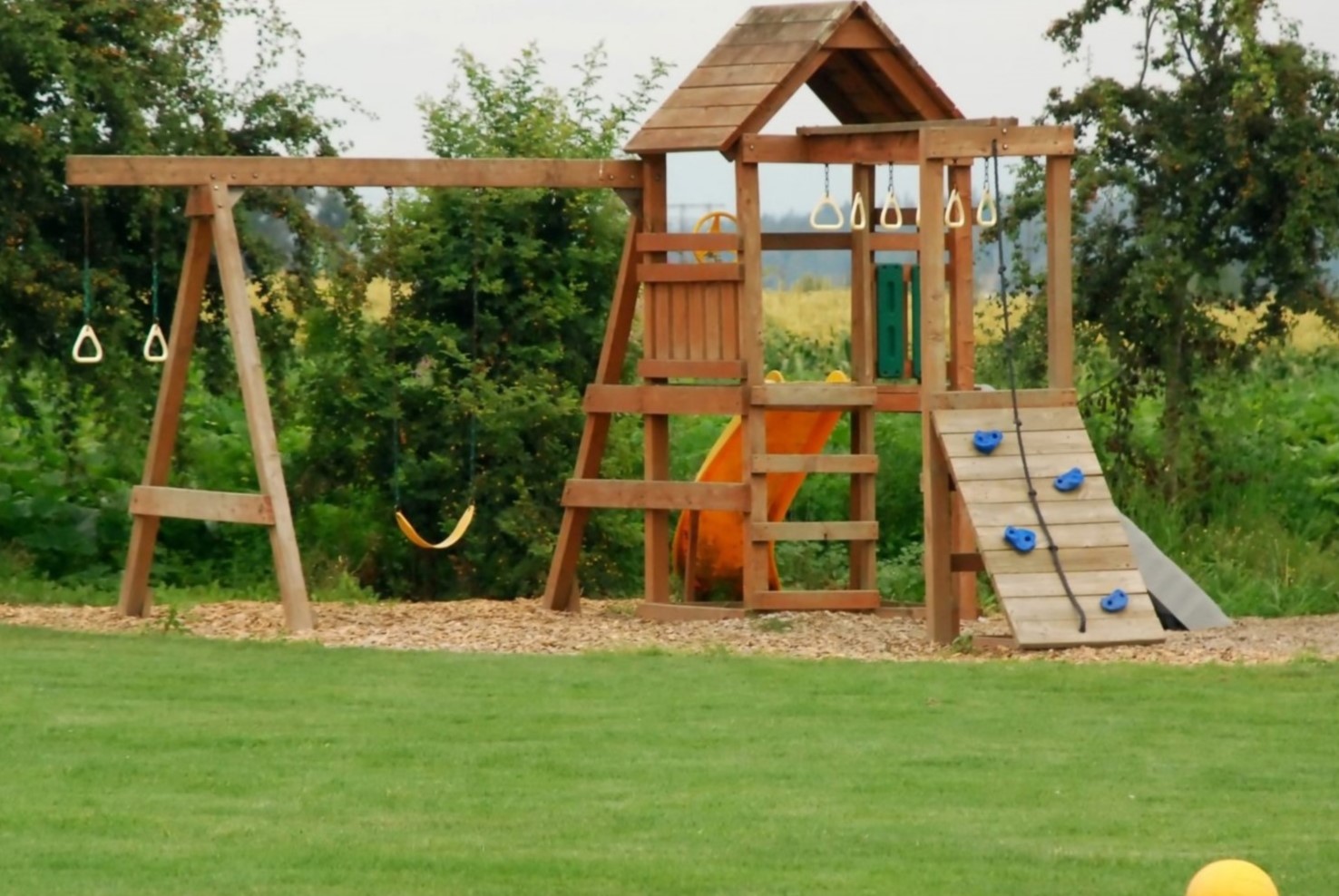
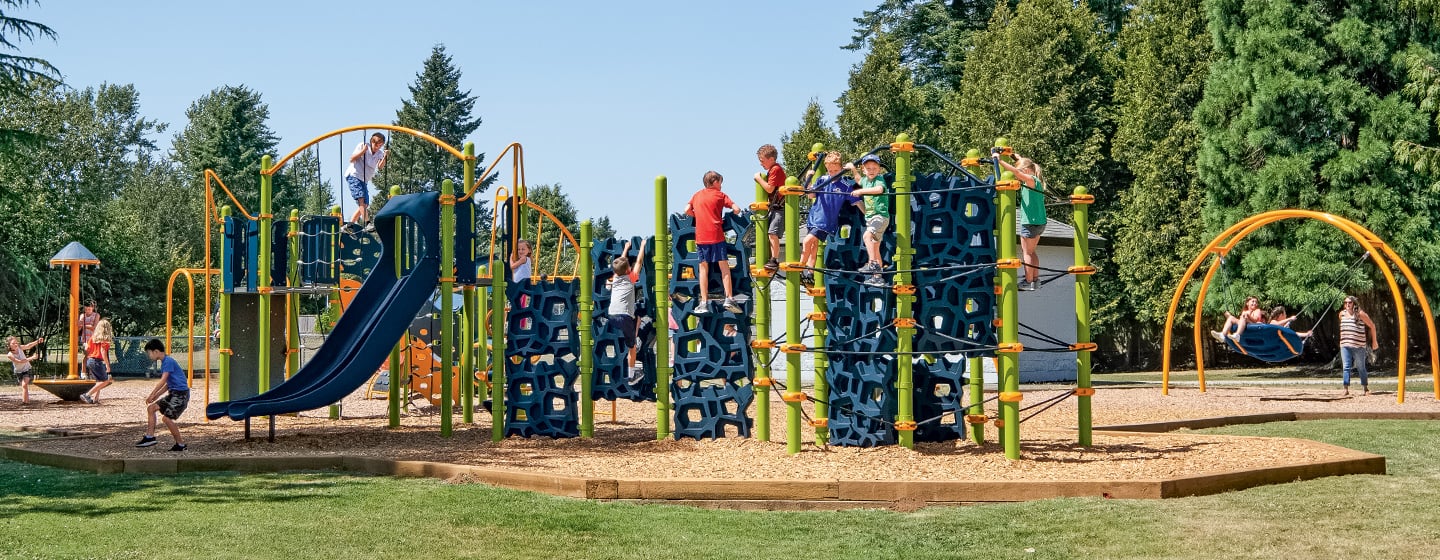

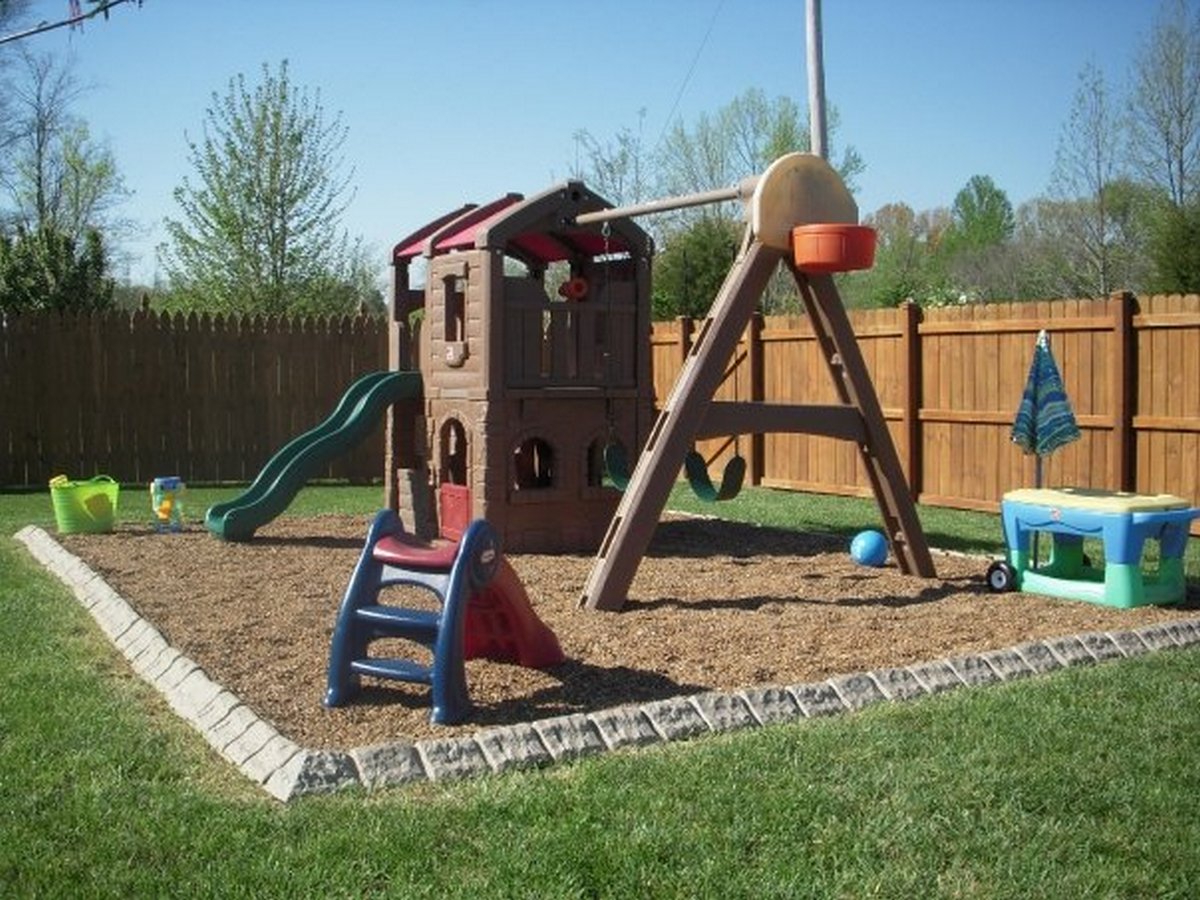

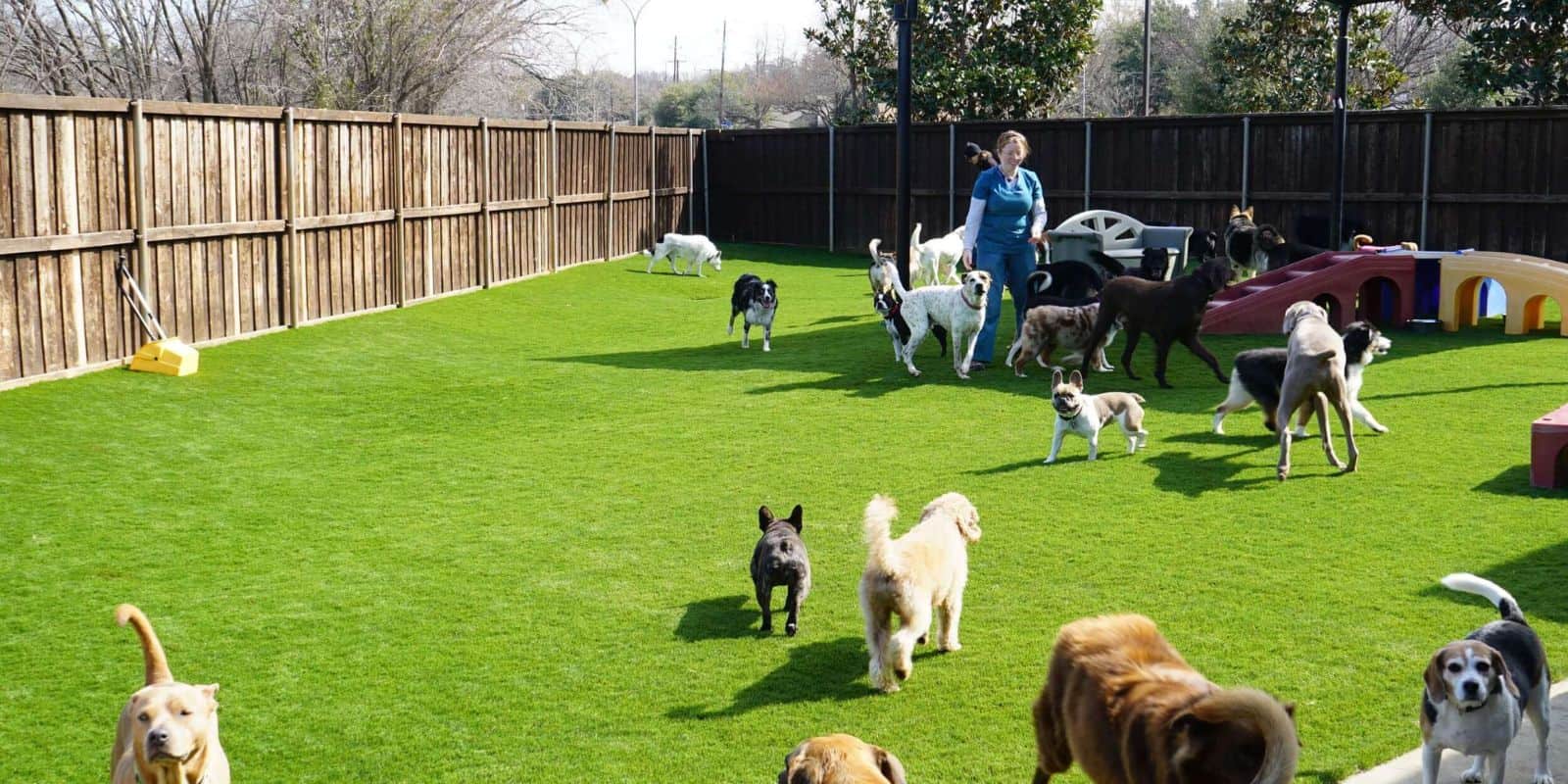
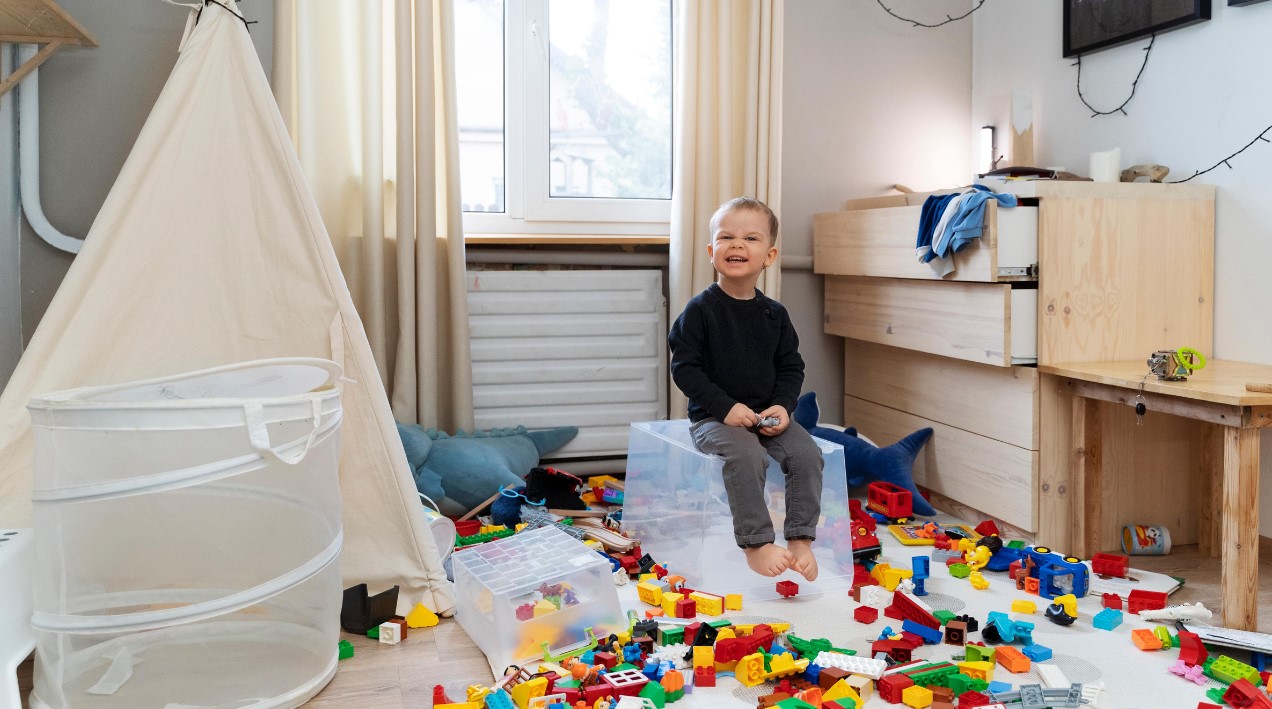

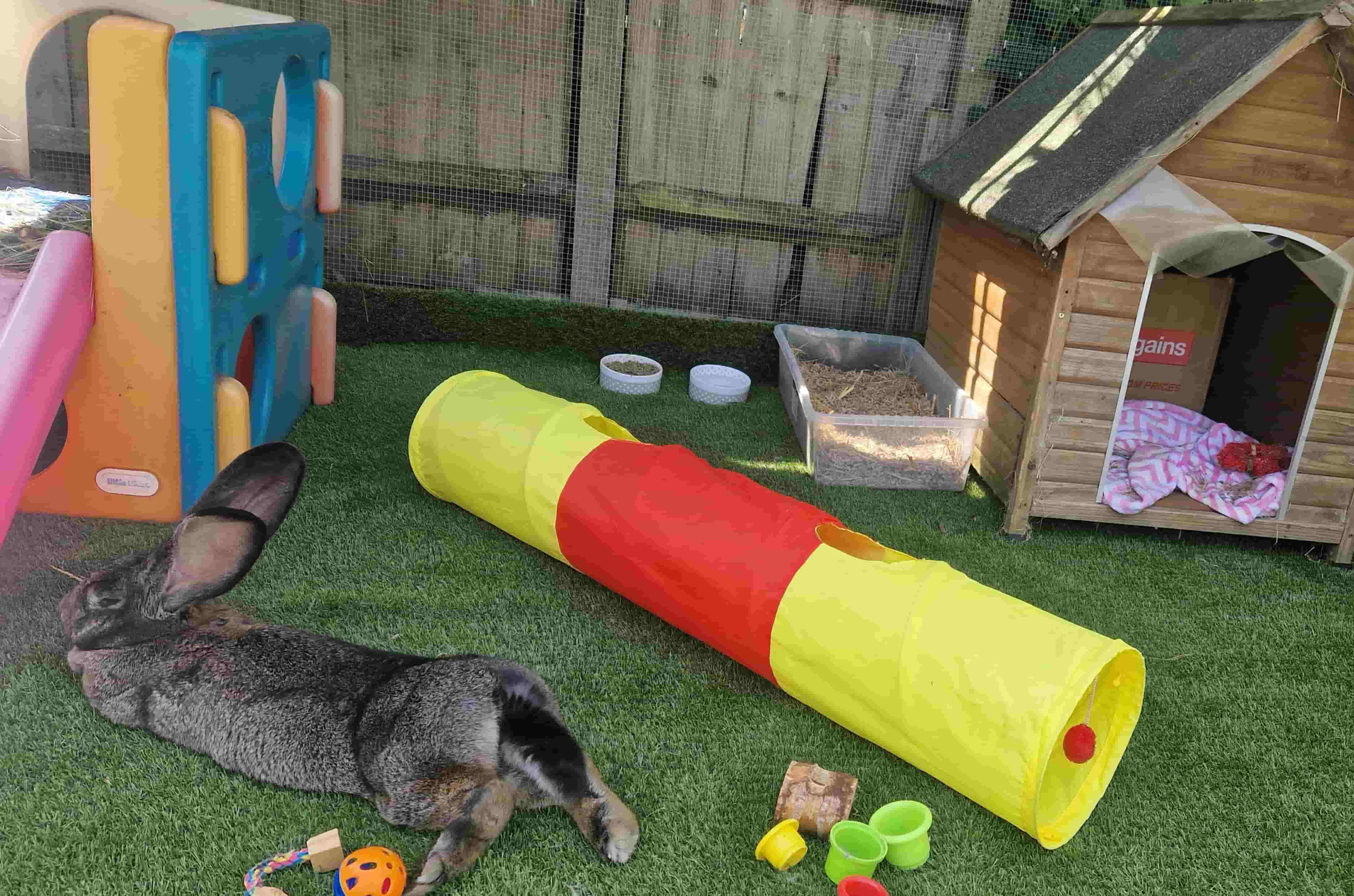
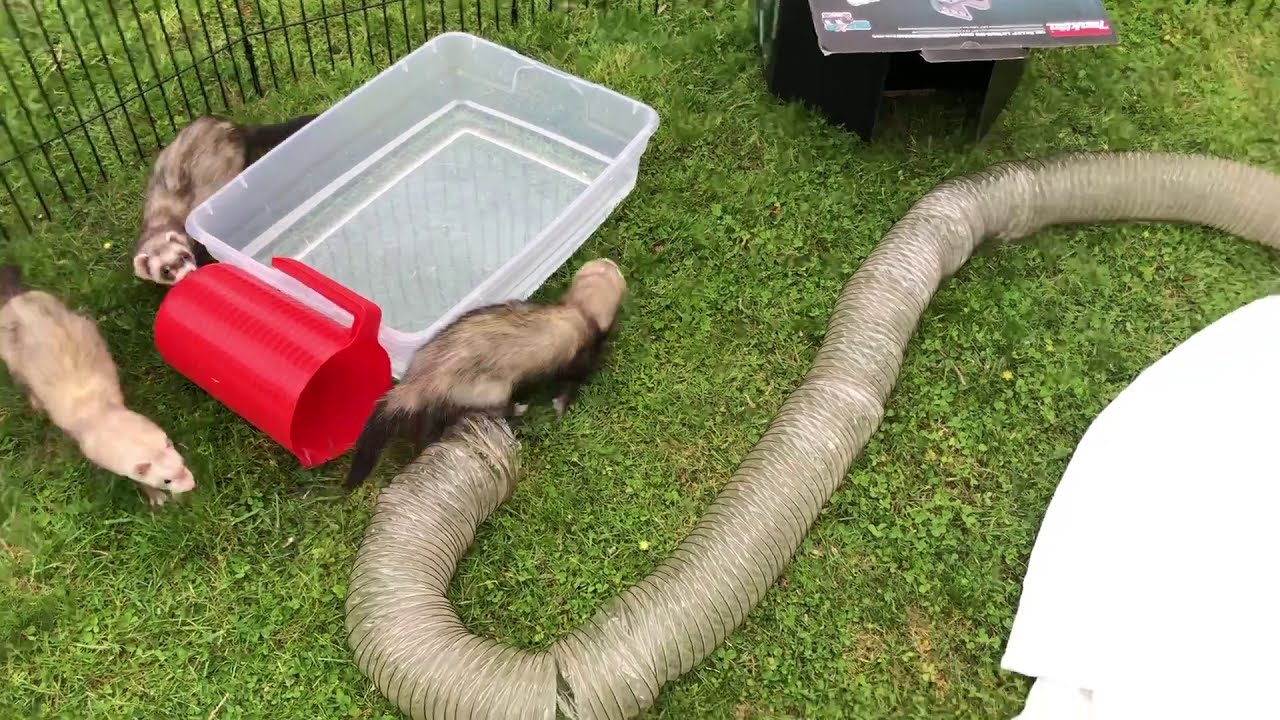
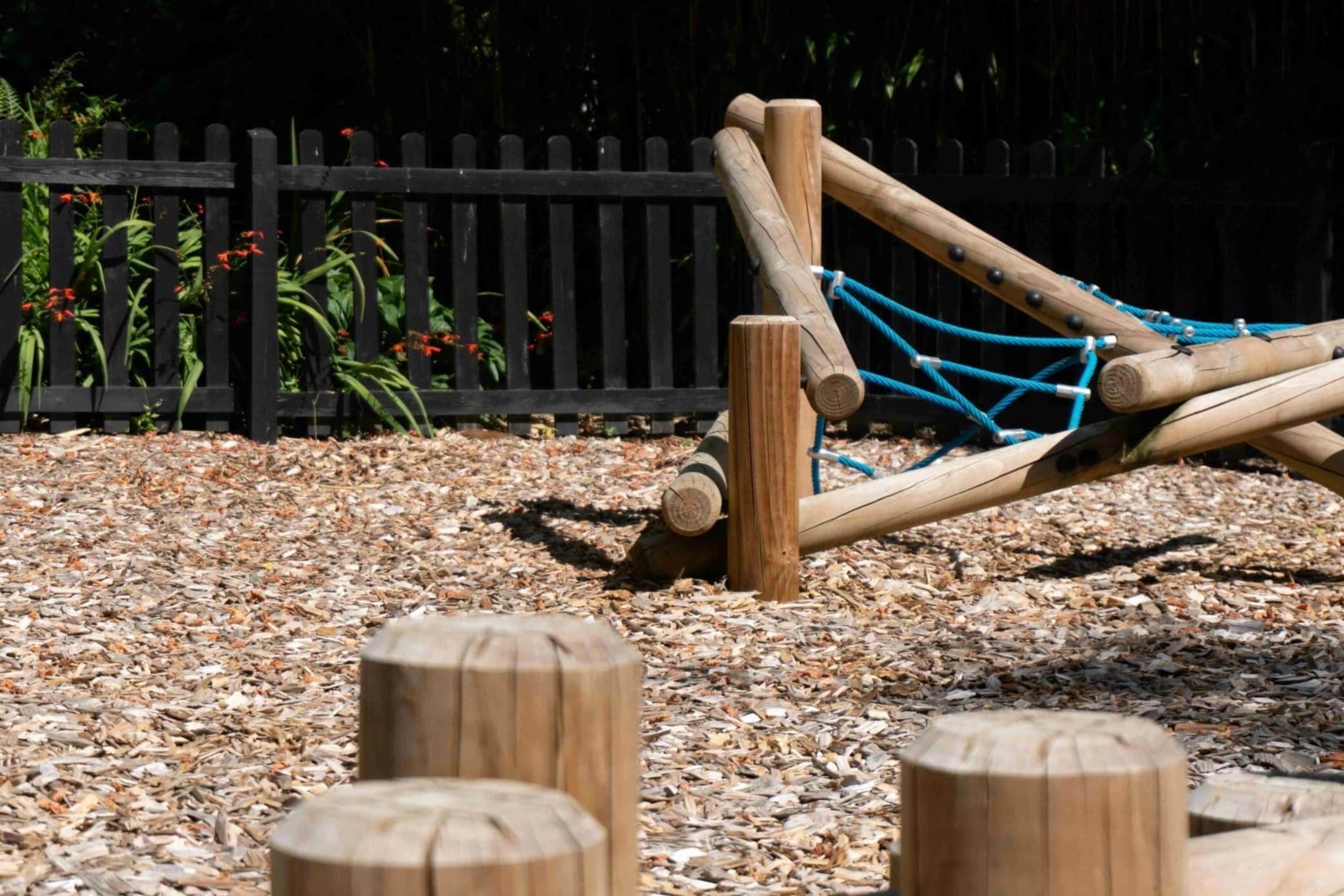

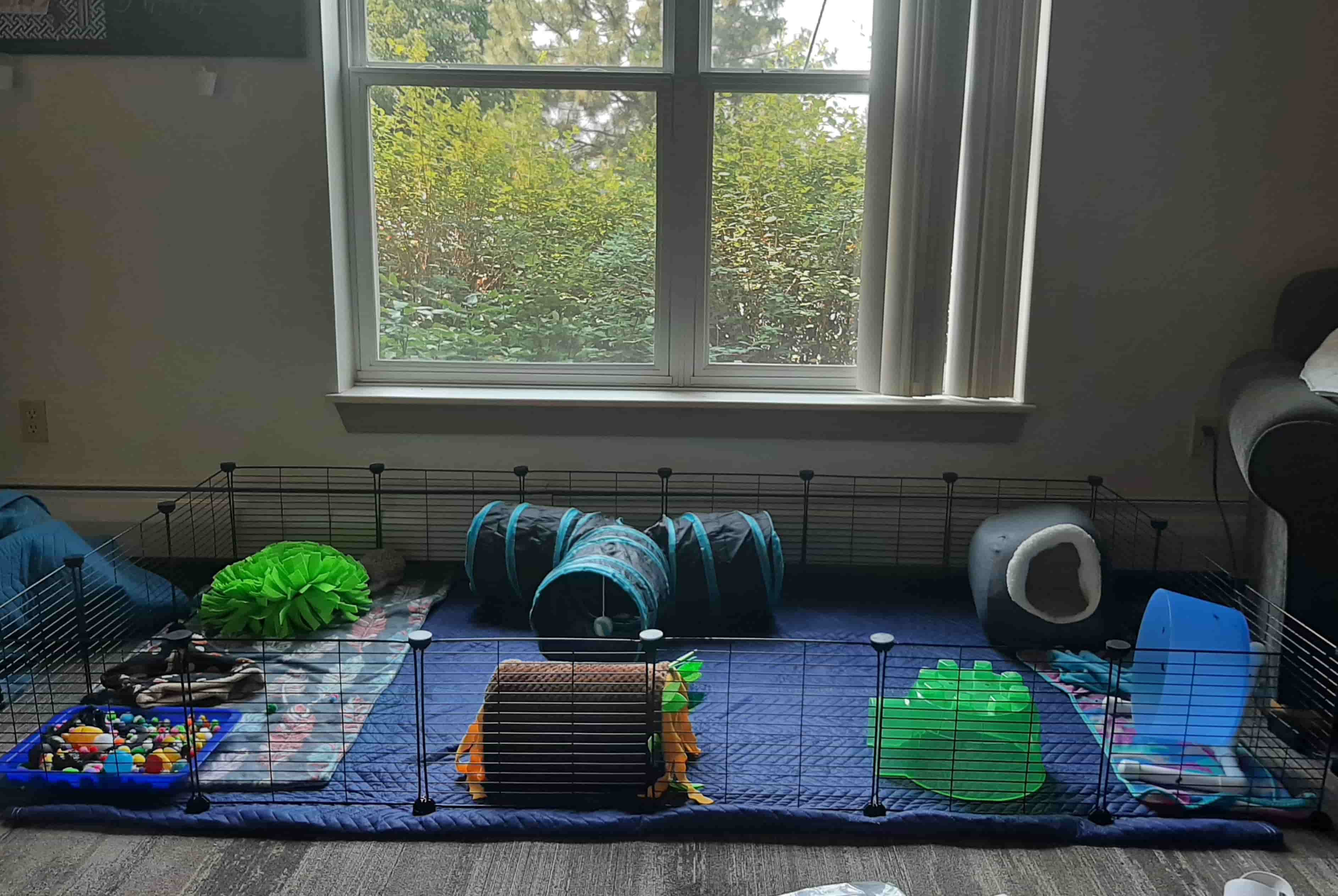
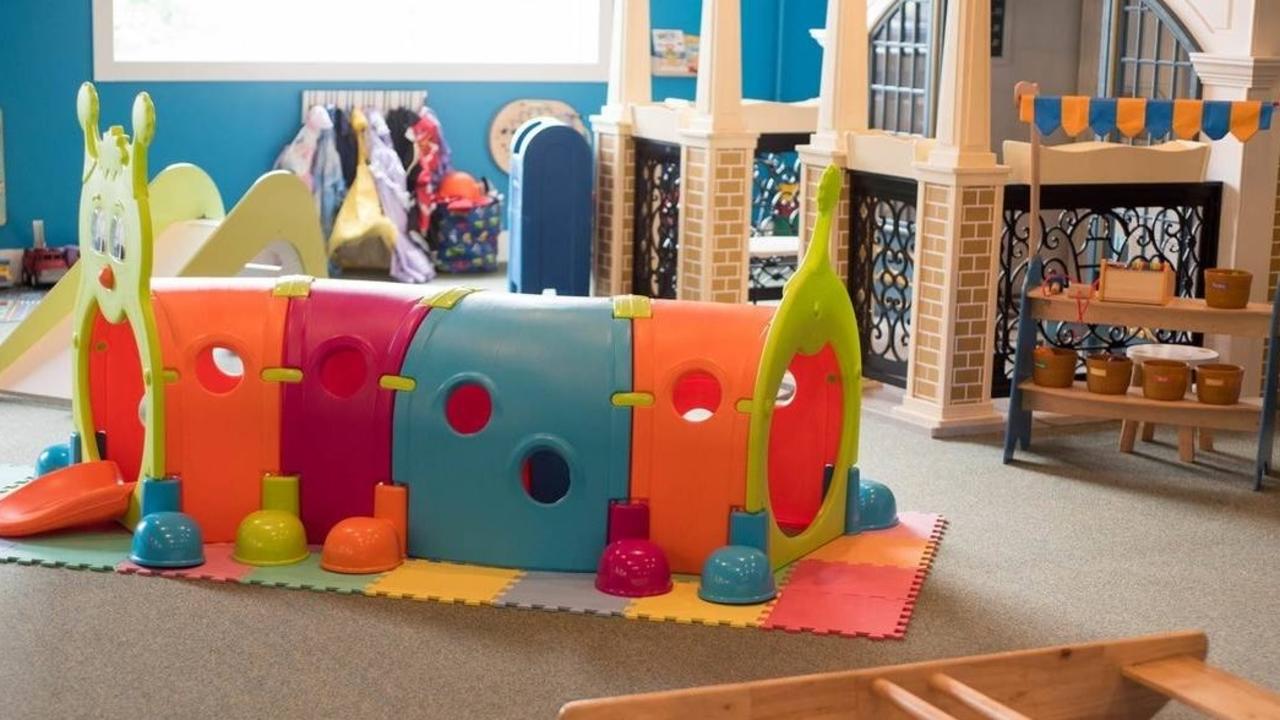

0 thoughts on “How Big Should My VR Play Area Be”